What is a Hyperbaric Chamber?
Hyperbaric chambers are specialized medical devices designed to enhance the body’s natural healing processes. By delivering 100% pure oxygen in a pressurized environment, these chambers increase oxygen levels in the blood, promoting tissue repair and combating infections. This therapy, known as hyperbaric oxygen therapy (HBOT), has been effectively utilized to treat various medical conditions, supported by research and clinical trials.
Read More: Understanding Hyperbaric Treatment for Lyme Disease: Benefits and Process

A hyperbaric chamber is an enclosed space where patients breathe pure oxygen at pressures higher than atmospheric levels. This elevated pressure allows the lungs to absorb more oxygen, which is then transported by the bloodstream to tissues in need of enhanced healing. There are two primary types of hyperbaric chambers:
- Monoplace Chambers: Designed for a single patient, these chambers are typically cylindrical and made of clear acrylic.
- Multiplace Chambers: These accommodate multiple patients simultaneously and are often found in hospital settings.
Read More: What Causes Diabetic Foot Ulcers and How HBOT Supports Wound Healing
How Does Hyperbaric Oxygen Therapy Work?
During an HBOT session, the increased atmospheric pressure in the chamber allows the lungs to gather more oxygen than would be possible when breathing pure oxygen at normal air pressure. This elevated oxygen level in the blood promotes several physiological benefits:
- Enhanced Wound Healing: Increased oxygen supply accelerates the repair of damaged tissues, especially in cases of diabetic foot ulcers.
- Reduced Inflammation: Higher oxygen levels help decrease swelling and inflammation in affected areas.
- Improved Infection Control: Oxygen-rich environments inhibit the growth of certain bacteria and enhance the effectiveness of white blood cells.
Read More: How Mild Traumatic Brain Injury Leads to Postconcussion Syndrome and What You Can Do About It
Benefits and Applications of Hyperbaric Chambers
Hyperbaric oxygen therapy is utilized to treat a variety of medical conditions, including:
- Decompression Sickness: Commonly associated with scuba diving, where dissolved gases form bubbles in the bloodstream.
- Carbon Monoxide Poisoning: HBOT helps displace carbon monoxide from hemoglobin, restoring oxygen delivery to tissues.
- Chronic Non-Healing Wounds: Such as diabetic foot ulcers, where increased oxygenation promotes healing.
- Infections: Particularly those that are severe and where tissues are starved for oxygen.
Read More: HBOT for Alzheimer’s: A Promising Treatment for Cognitive Decline
Safety and Considerations
While HBOT is generally safe, it is essential to undergo treatment under the supervision of qualified medical professionals. Potential risks include ear injuries due to pressure changes and, in rare cases, oxygen toxicity. Ensuring treatment in certified facilities with trained staff minimizes these risks.
Read More: IBD Management: Understanding the Therapeutic Effects of HBOT in IBD
Conclusion
Hyperbaric chambers play a vital role in modern medicine by providing an environment that enhances the body’s natural healing processes. Through the administration of pure oxygen in a pressurized setting, HBOT offers therapeutic benefits for a range of conditions, from decompression sickness to chronic wounds. As research continues, the applications of hyperbaric oxygen therapy are expected to expand, offering hope for improved treatment outcomes in various medical fields.




